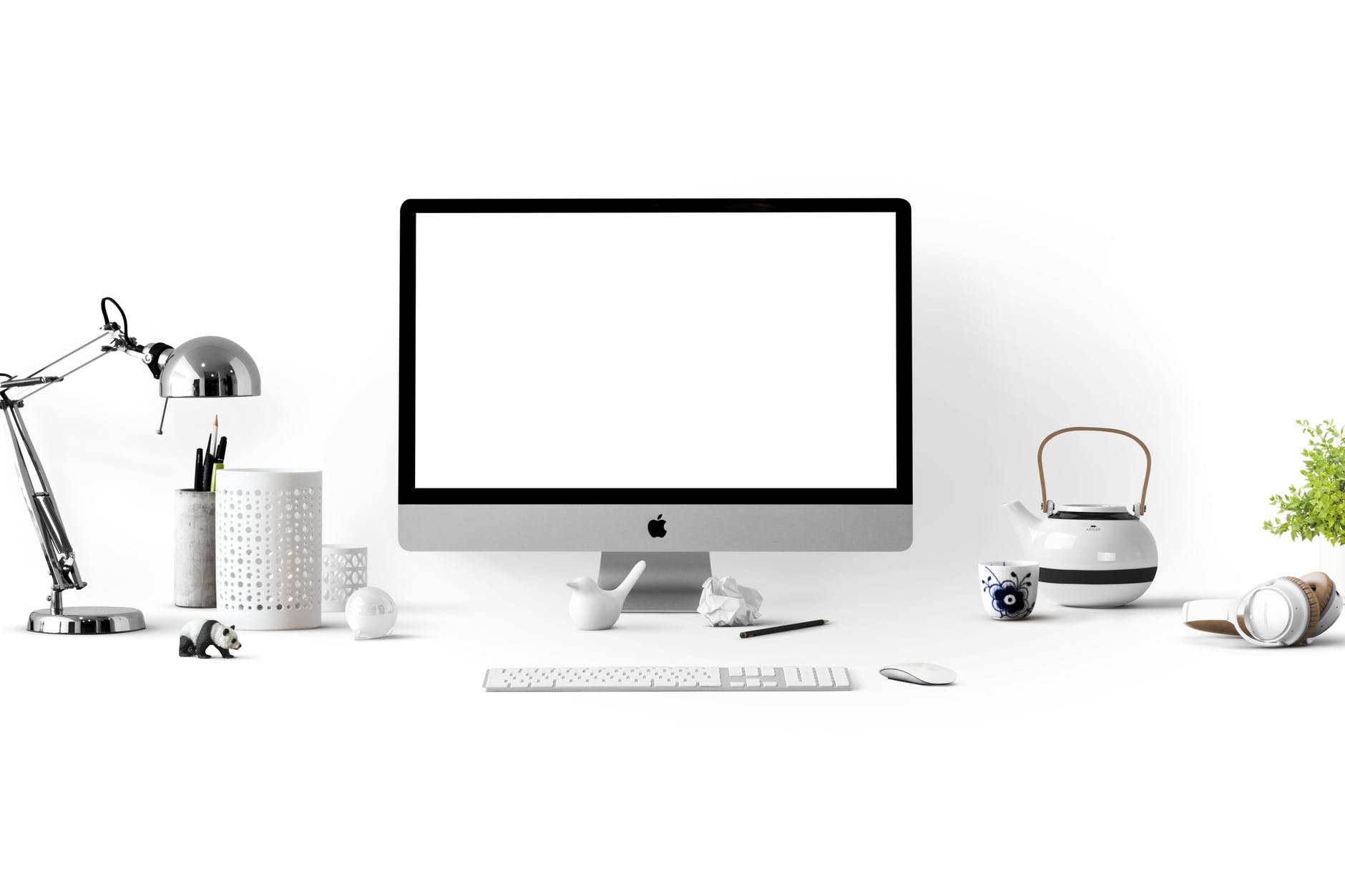
People are beginning to realize the wonderful benefits of standing in the workplace. Various innovations and breakthroughs aid the workers to be comfortable enough to produce results from their efforts. One of these breakthroughs is the sit-stand desk. These kinds of desks are a great tool to increase productivity, health, and collaboration between employees.
Common Mistakes You Might Be Making With your Standing Desk
When you hear the word standing, it may sound too easy. For instance, having a standing desk and not using it correctly may lead to unhealthy health conditions.
The following are some of the common mistakes when using a sit-stand desk and how to solve them.
#1 You set up your desk either too high or too low
To test the effectiveness of the sit-stand desk you need to set it at the perfect heigh for you. The height of your desk has a significant effect on the position of the mouse and keyboard. You should sit correctly in order to reap the benefits.
How to Solve It: Set up your desk at your elbows’ height and keep it close to the body. How to know if your desk is set up too high? Your elbows and your body position are forced upward. Make some adjustments to the set up if needed.
#2 You're not changing standing positions often enough
One of the benefits of standing, compared to sitting, is the ability to move and change positions frequently. People should not stand still in a fixed position for an extended period. This can lead to foot and joint pain.
How to Solve It: Add some movement while you are standing. This can be done. You can use some footstool or the computer chair legs in a stepping position. You can sway as well from left to right. You can also get creative in changing standing positions every 20 minutes. You can also use an active mat to feel more comfortable.
#3 Your screen is too low
Another mistake we might be doing with a sit-stand desk having our computer monitor in an incorrect position. Such a mistake can lead to neck problems and upper back pain. Setting up the screen too low may also lead to discomfort while sitting.
This can be applied to using laptops on your desk. It's crucial to keep a proper posture position when using a laptop or desktop computer. A too low or too high computer screen can create additional arm strain and carpal tunnel syndrome issues.
How to Solve It: Raise your monitor and tilt it back slightly. This is for you to be able to see them so you can see the screen clearly. When using a laptop screen, it is recommended to invest in a laptop stand with a secondary keyboard and mouse. The bottom of the screen should be raised at least 8."
#4 You're standing on a hard surface
Standing on a hard surface such as hardwood, concrete, and tiles can quickly tear off a sit-stand desk’s lustre. Standing on such surfaces can lead to joint pain and discomfort.
How to Solve It: It is recommended to use an anti-fatigue mat to avoid discomfort and pain due to standing while working. It will be an excellent investment to have a top-quality anti-fatigue mat in the workplace.
#5 You're wearing uncomfortable shoes
People in the workplace want to feel and look good. Most of them choose to wear fashionable yet uncomfortable footwear. The result? They feel awkward and end up with foot pain. Improper footwear can affect the people who wear them by experiencing pain in the different parts of their bodies.
How to Solve It: Take time to choose the most comfortable footwear for you. Standing can also be a cause of fatigue when not done properly. There are also comfortable shoes that you can use while you are working at their desk.
The best shoes to wear when your feet hurt are orthopedic shoes, and there are stylish models available. If you have to stand a lot on your feet or run errands, it would be a good idea to invest in some comfortable shoes that will not ruin your feet.
#6 Your wrists are bent upwards on your keyboard
One of the common issues when working at a desk is the wrong wrist position at the keyboard. It can be frustrating for someone to feel muscle and joint pain while they are working. For workers such as typists and writers, minimizing wrist pain and arm stain must be a priority.
How to Solve It: Make sure that the wrists are laid flat at 180 degrees of your forearms. Check if your desk height is ideal, and your wrists are bending upwards. If that's the case, it is recommended to acquire a keyboard pad to raise your wrist. This can add to further comfort.
#7 You're standing for too long
Some people tend to jump to the conclusion that standing is just a normal human activity. It should be done carefully. This must be done correctly and with great enthusiasm. Standing for too long with an incorrect posture can lead to various issues due to sitting. Such instances can lead to back and neck pain. This may also increase the risk of having joint pains.
How to Solve It: Make sure not to stand for more than 4 hours during a workday (at least for the first few months when you start standing). Take a break so as not to make sitting monotonous. People in the organization must alternate standing and sit as often as you can.
#8 You are not using an ergonomic chair
People who stand must also take some to sit and relax. Of course, this is to avoid fatigue and chronic pain. Sitting can impose more strain on the lower back compared to standing. Because of that, you should use a quality chair or choose a sit-stand desk. Make sure that sitting will not cause upper and lower back pain as well as neck problems.
How to Solve It: Ensure that the chair has ergonomic features. It should have an adjustable armrest and lumbar to promote adequate thigh support. It should also have a soft seat surface. This type of chair may be a bit more expensive than others, but it will ensure a pain-free and comfortable work experience. If you currently can’t afford to buy an ergonomic chair, we recommend minding your position when sitting.
So, every time you find yourself slouching, correct your position by standing with your back straight and your feet flat on the ground. It takes some practice until you will stop hugging your desk, however, it will strengthen your back muscles and you will have less or any back pain.
Conclusion
After buying a quality sit-stand desk, it's also vital to learn how to avoid common mistakes when using it. Remember that sitting can also pose health dangers when done too much or for long periods. Other helpful accessories can assist a sit-stand desk. Utilize them properly to ensure productivity and better work performance.
Standing desks are amazing, and they will help you feel more comfortable, in control, and motivated to get things done. However, remember that while standing has its perks, you shouldn’t go overboard when first starting out. Try to alternate between sitting and standing for better health results until you get more acclimated to standing for longer periods.





